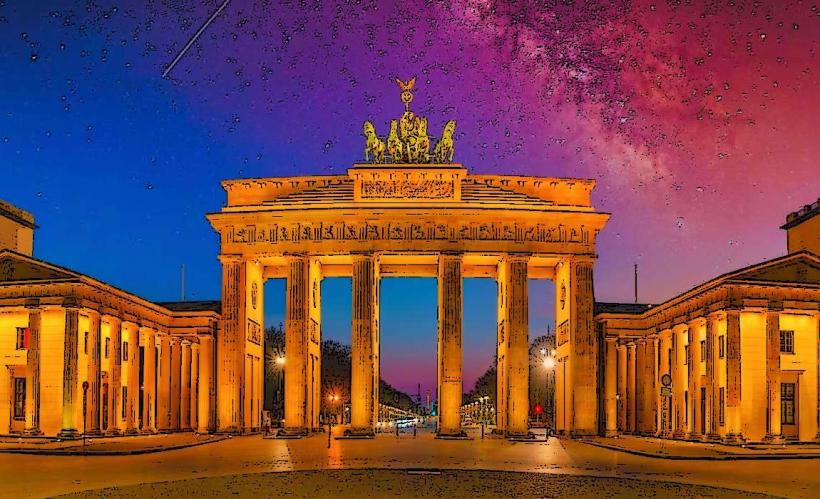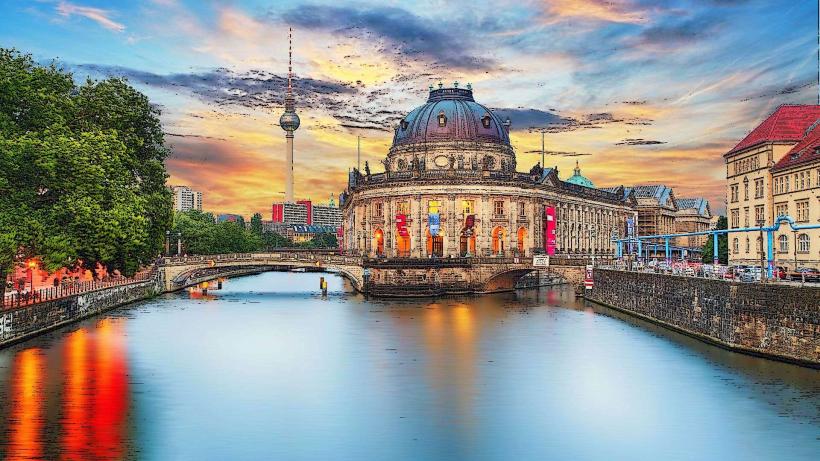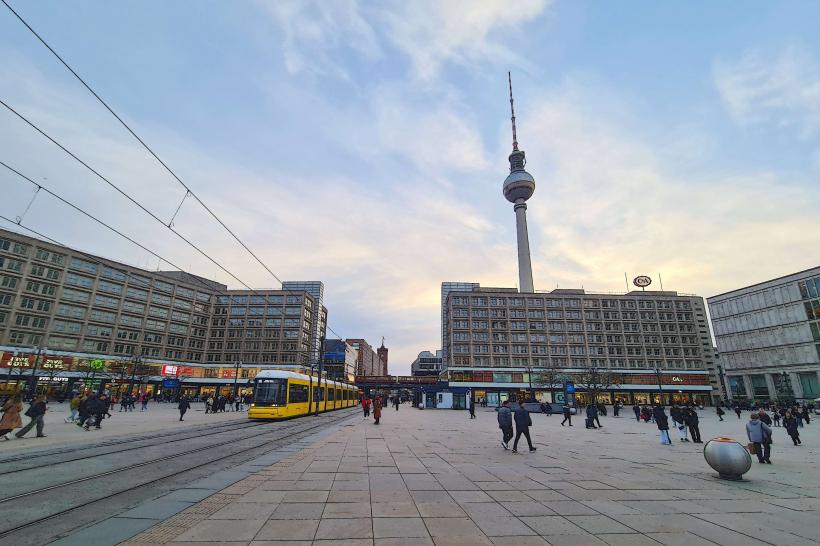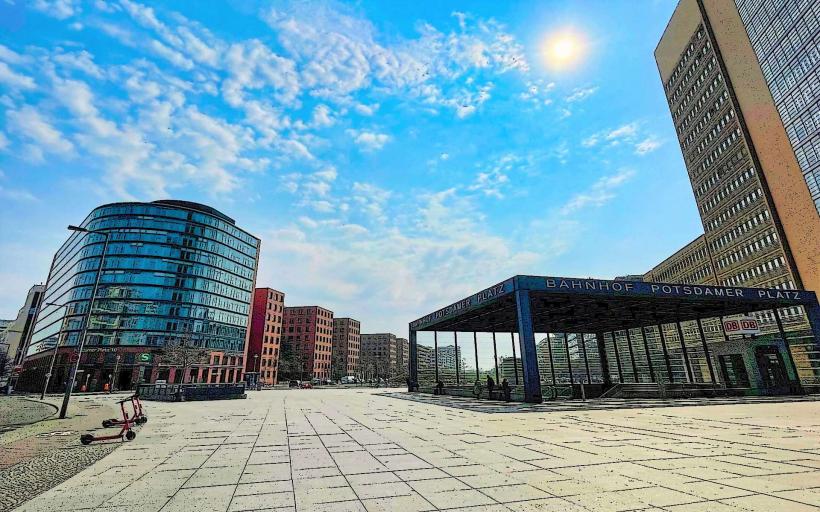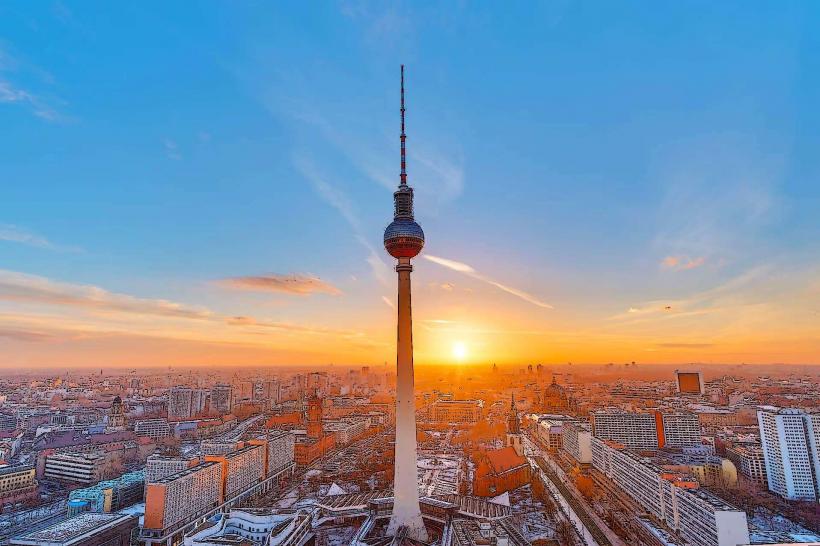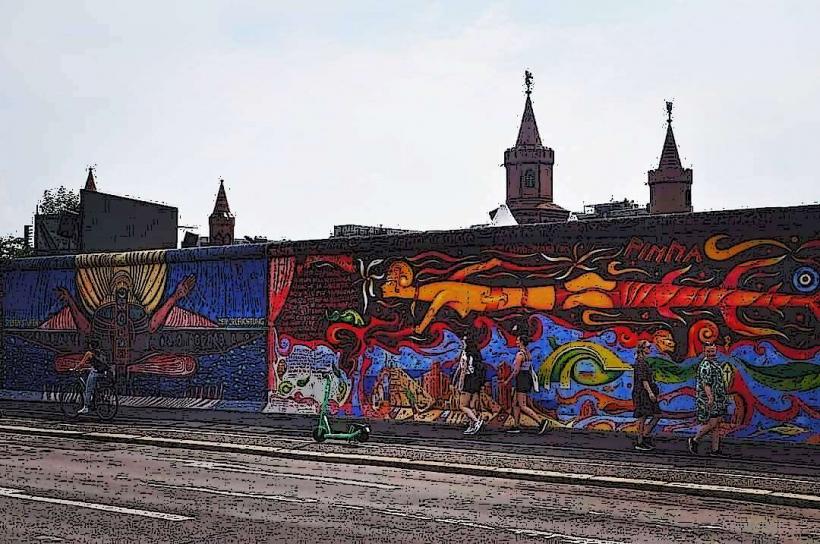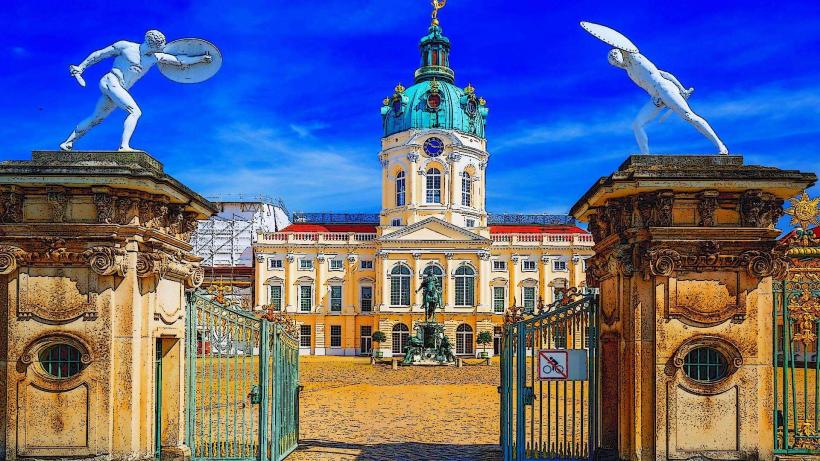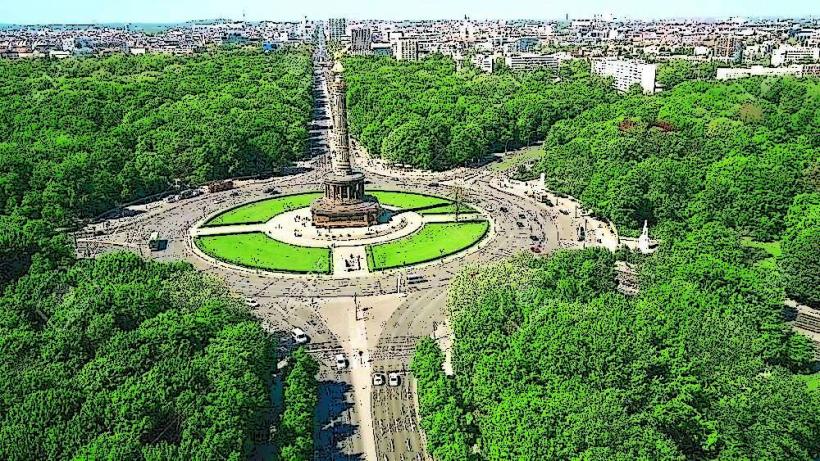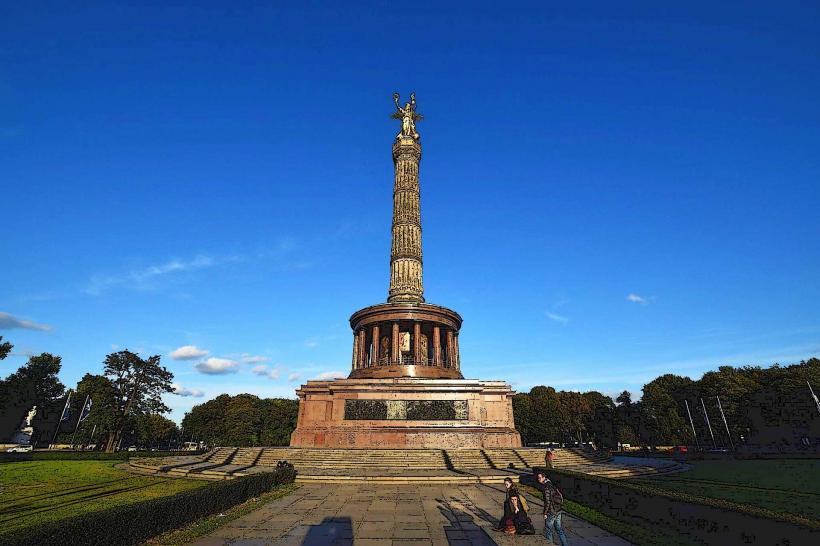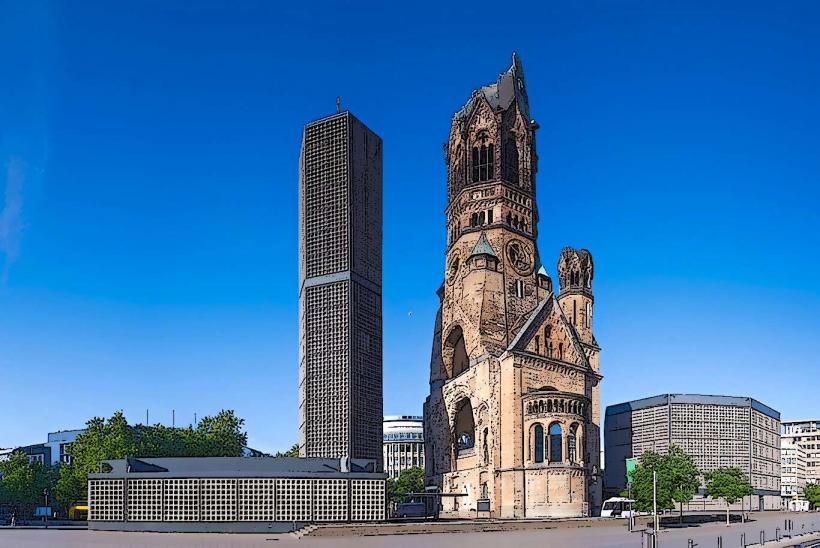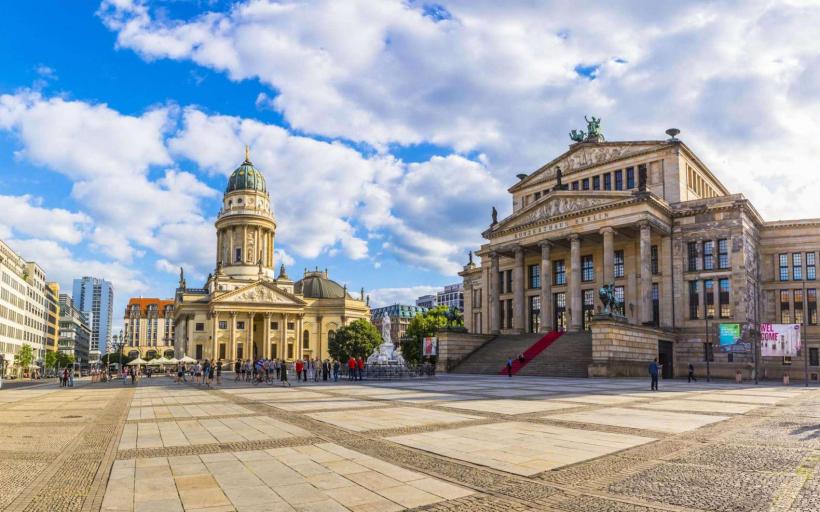Information
Landmark: Berlin Wall MemorialCity: Berlin
Country: Germany
Continent: Europe
The Berlin Wall Memorial (Berliner Mauer Gedenkstätte) is one of the most significant and poignant sites in Berlin, dedicated to remembering the division of the city and the lives affected by the Berlin Wall during the Cold War. Located along a preserved section of the Wall, the memorial offers an educational and emotional journey through the history of the Berlin Wall and its impact on the people of Berlin and Germany.
1. Historical Context
- The Berlin Wall was erected on August 13, 1961, by the German Democratic Republic (GDR), or East Germany, in order to prevent the mass exodus of East Germans to West Berlin and the rest of West Germany. The Wall physically and ideologically divided Berlin and Germany into two separate states, with East Berlin and the GDR controlled by the Soviet Union, and West Berlin being a free city surrounded by the Wall, controlled by the Allies (United States, Britain, and France).
- The Wall lasted for 28 years and became a symbol of the Cold War, representing the division of not only Berlin but also of Europe and the world into communist and capitalist blocs. During its existence, the Wall saw numerous attempts to escape from East to West, many of which ended tragically. Around 140 people are estimated to have died while trying to cross the Berlin Wall.
- The Wall finally fell on November 9, 1989, as a result of political changes within the GDR and increasing pressure for reform. The fall of the Wall marked the beginning of the reunification of Germany and the end of the Cold War.
2. The Memorial Site
The Berlin Wall Memorial is located in Mitte, in the central part of Berlin, stretching along the original route of the Berlin Wall. The memorial preserves a section of the Wall, as well as several surrounding buildings and features that were once part of the border system. This area serves as a solemn reminder of the Wall’s physical and psychological impact on the city.
- Length of the Memorial: The memorial spans about 1.4 kilometers along the former border strip, making it one of the most comprehensive preservation projects in Berlin related to the Wall. The preserved section includes the Wall itself, the death strip, and parts of the former border installations.
3. Key Components of the Berlin Wall Memorial
1. The Wall and the Death Strip
- The heart of the Berlin Wall Memorial is the preserved section of the Wall, which includes both the outer Wall (the concrete barrier) and the inner Wall (a wire fence), as well as the death strip in between. The death strip was a no-man's-land that was heavily guarded, filled with obstacles like sand pits, watchtowers, and patrols. Anyone who attempted to escape across the Wall faced immense dangers, including being shot at by border guards.
- Visitors can walk along this preserved section of the Wall, which is a powerful and evocative experience. The walls are marked with graffiti and memorial plaques, which serve as reminders of the lives lost while trying to flee East Berlin for the freedom of the West.
2. The Chapel of Reconciliation (Kapelle der Versöhnung)
- One of the central elements of the Berlin Wall Memorial is the Chapel of Reconciliation, which was built on the site of a church that was destroyed during the Wall’s construction. The church had been a central place of worship for the residents of Bernauer Strasse, a street that was split by the Wall. The chapel is a symbol of peace, healing, and reconciliation for the families and individuals affected by the Wall’s division.
- The original church was torn down in the early 1980s to make way for the Wall’s construction, but after the fall of the Wall, the Chapel of Reconciliation was built in 1999 as a symbol of hope and renewal. The chapel’s modern design and peaceful atmosphere make it a place for quiet reflection.
3. The Documentation Center
- The Documentation Center is an integral part of the Berlin Wall Memorial, providing historical context and details about the Wall, its construction, and its impact on the lives of Berliners. Located near the Bernauer Strasse section of the Wall, the center offers a wide range of exhibits, including photographs, documents, and multimedia displays.
- Visitors can learn about the political history of the Berlin Wall, the methods used to control the border, the efforts to escape, and the stories of individuals affected by the Wall. The center also features a large map of the former Berlin Wall border and highlights significant escape attempts and locations where people were killed or arrested trying to cross the Wall.
4. The Wall Panorama
- One of the most striking features of the Berlin Wall Memorial is the Wall Panorama by artist Yadegar Asisi, which offers a large-scale, immersive depiction of the Berlin Wall as it looked in the 1980s. This 360-degree panorama allows visitors to experience what it would have been like to be on both sides of the Wall during its height.
- The panorama uses realistic details, lighting, and sound to create an atmosphere of both tension and hope, offering a powerful visual and emotional connection to the past. The scene captures the bustling life of West Berlin as well as the dreary, oppressive atmosphere of East Berlin.
5. The Viewing Platform
- There is also a viewing platform located along the memorial where visitors can get a better understanding of the landscape of the Berlin Wall and the surrounding areas. The platform provides views of the preserved sections of the Wall, as well as the surrounding parts of Berlin that were once divided.
4. Significance and Impact
- Historical Education: The Berlin Wall Memorial serves as an educational tool, offering an opportunity to reflect on the history of the Cold War and the painful consequences of the division between East and West Germany. It provides a comprehensive understanding of the political, social, and human dimensions of the Berlin Wall’s existence.
- Human Cost and Escape Attempts: The memorial highlights the human cost of the Wall, with exhibits documenting the stories of individuals who tried to escape, many of whom lost their lives in the attempt. The memorial helps visitors connect to the experiences of those who lived in divided Berlin, particularly the families who were separated by the Wall.
- Symbol of Reconciliation: The Berlin Wall Memorial is also a symbol of reconciliation and the peaceful reunification of Germany. It stands as a reminder of the freedom that many East Germans sought and the dramatic changes that occurred when the Wall fell in 1989.
5. Visiting the Berlin Wall Memorial
- Opening Hours: The Berlin Wall Memorial is open to the public year-round. The documentation center is typically open every day, though hours may vary depending on the time of year. The memorial itself is free to visit, but special exhibitions may require an entrance fee.
- Guided Tours: There are guided tours available that provide deeper insights into the history of the Wall, the stories of escape, and the significance of the memorial. These tours are offered in several languages and give visitors a chance to connect more deeply with the history of Berlin’s division and reunification.
- Accessibility: The memorial is easily accessible from central Berlin and is located near public transportation. Visitors can easily walk to the site from other key landmarks such as Alexanderplatz and Brandenburg Gate.
6. Nearby Attractions
- East Side Gallery: The East Side Gallery is a famous stretch of the Berlin Wall covered with colorful murals and graffiti. It is located near the Oberbaum Bridge in the Friedrichshain district and is one of the most visited sections of the Wall.
- Checkpoint Charlie: Another key historical site related to the Berlin Wall is Checkpoint Charlie, the former crossing point between East and West Berlin during the Cold War. Today, it is home to a museum that documents the history of the Wall and the numerous escape attempts made by East Germans.
7. Conclusion
The Berlin Wall Memorial is an essential site for anyone interested in understanding the history of the Berlin Wall, the Cold War, and the division of Germany. Through its preserved sections of the Wall, the Chapel of Reconciliation, the Documentation Center, and powerful exhibits, the memorial offers a deeply moving experience that honors the memory of those who suffered during the Wall's existence and celebrates the freedom and unity that followed its fall. It is a place of reflection, education, and remembrance, and a must-visit for anyone seeking to understand Berlin’s complex history.

